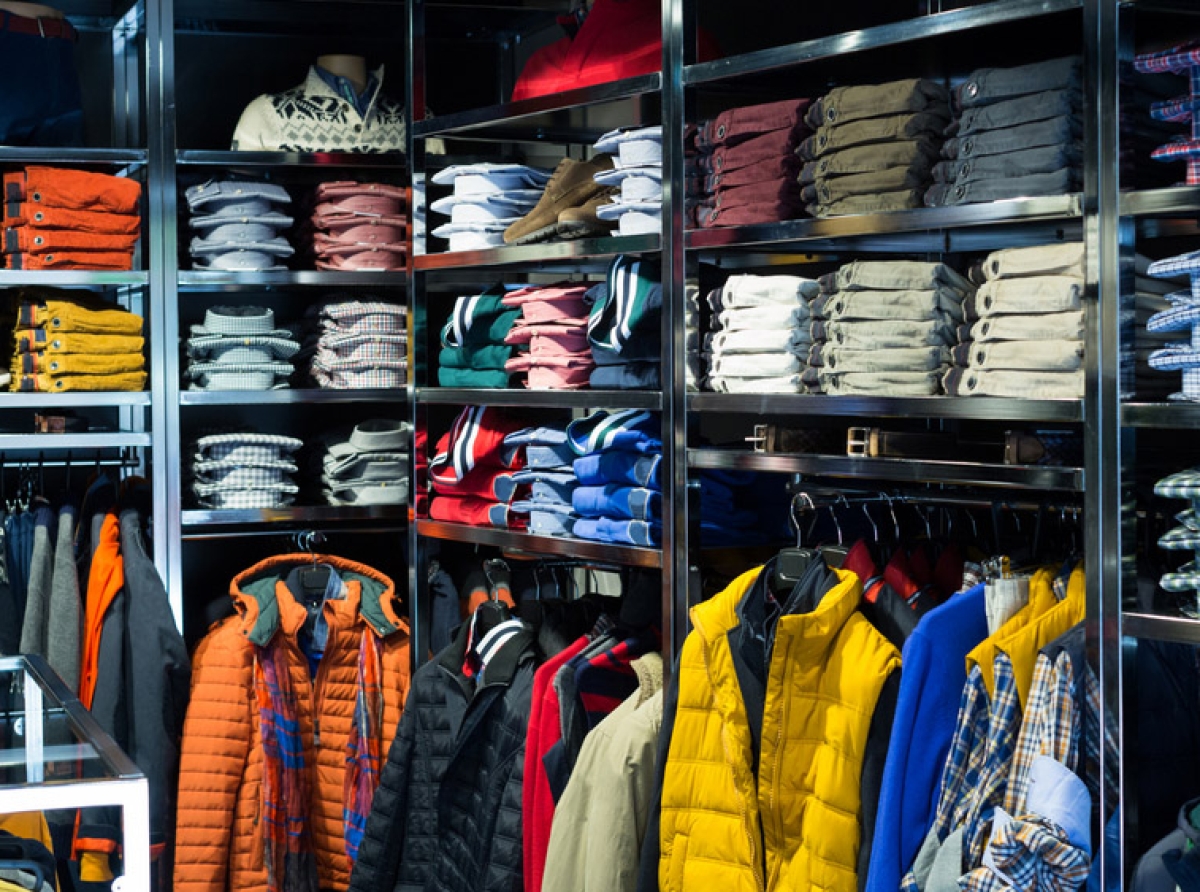15 July 2024, Mumbai
Franchising is rapidly reshaping the Indian apparel industry, offering a win-win situation for established brands and aspiring entrepreneurs. This growth can be attributed to factors like a booming retail sector which is expected to reach $2 trillion in value by 2032, according to a recent analysis by the Boston Consulting Group (BCG). Apparel is a major driver within this sector, creating a fertile ground for brand expansion. Rising disposable incomes, and a growing fashion-conscious population is giving a huge boost to apparel retail sector.
Popular business models in apparel retail
Three main franchising models are prevalent in the Indian apparel retail space.
Single Unit Franchise: This is the most common model, where a franchisee operates a single store of a particular brand. It's ideal for established brands with strong brand recognition for example, Levi’s, Manyavar and works well across segments super-premium, premium, value.
Multi-Unit Franchise: Here, a franchisee operates multiple stores of the same brand within a specific territory. This model is suitable for brands with a loyal customer base and a strong product portfolio that caters to diverse needs for example, homegrown women’s fashion brand BIBA. It's often seen in premium and value segments.
Area Development Franchise: This grants the franchisee exclusive rights to develop a brand within a larger geographical area. This model is well-suited for super-premium and premium brands seeking rapid expansion while maintaining brand control for example, Ralph Lauren. Here the franchisee replicates the entire brand experience, including store layout, product selection, and customer service. This model is ideal for brands with a specific brand identity, like Fabindia or Zara.
The franchising model is successful across segments, but with some nuances. For example, franchising offers a faster expansion strategy for luxury and premium brands like Hugo Boss or Tommy Hilfiger. However, due to the high investment required, franchisors look for experienced franchisees with a strong financial backing.
In the value segment franchising allows brands to penetrate new markets and cater to a wider customer base. Brands like Max Fashion or Biba leverage franchising to ensure consistent brand experience across a larger network.
Citywise approach
The tier-wise approach plays a crucial role in franchising. Tier I cities and metros like Delhi and Mumbai offer high disposable incomes and a fashion-forward consumer base. Here, all three franchise models can flourish, catering to diverse consumer preferences.
At the same time, in Tier II & III cities there is immense growth potential due to rising incomes and increasing brand awareness. Franchising helps established brands reach these growing markets with a demand for aspirational clothing. Single and multi-unit franchising models dominate here, focusing on value and premium segments to cater to the evolving needs of this demographic.
Weaving the omnichannel web
Franchising thrives in the omnichannel system as well as it franchisees can leverage the franchisor's online platform for real-time inventory management, ensuring they always have the right products in stock. Online platforms allow for click-and-collect options or in-store returns for online purchases, creating a seamless experience for customers. And franchisors can launch national marketing campaigns, while franchisees can tailor them to their local markets through the online platform.
Meanwhile the franchising landscape is witnessing a shift towards technology integration. Brands are increasingly incorporating technology to streamline operations, improve supply chain management, and enhance customer service within franchises for example departmental store Shoppers Stop's is now focusing on automation. Moreover, franchises are demanding and receiving more comprehensive support from franchisors, including training programs, operational guidance, and marketing assistance. And with consumers becoming more environmentally conscious, franchises are increasingly aligning with eco-conscious consumers by adopting sustainable practices in production and store operations.
Franchising thus is a powerful tool for growth in the Indian apparel industry. By understanding the different models, segment suitability, and city-specific considerations, brands can leverage franchising to expand their reach and cater to the evolving needs of the Indian consumer. As the industry embraces technology and sustainability, the future of franchising in Indian apparel looks bright, stitched with success stories waiting to be unraveled.
Latest Publications


































